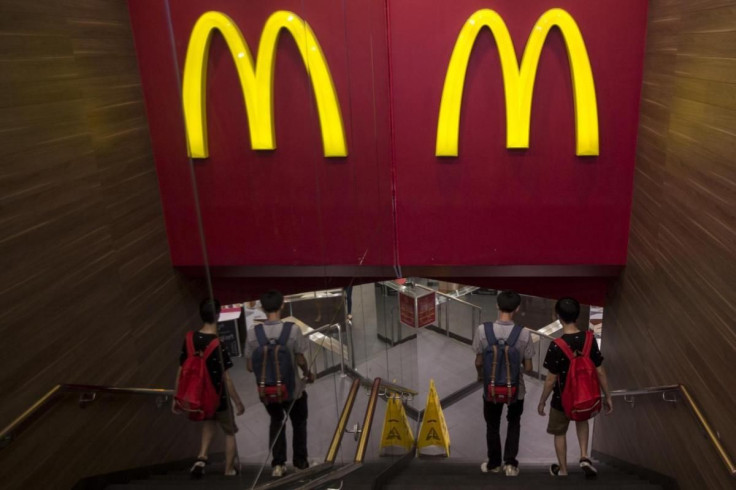Here Are 5 Ways McDonald’s Corporation (MCD) Will Change Under CEO Steve Easterbrook

Two months into his term leading the world’s largest restaurant chain, McDonald’s CEO Steve Easterbrook is orchestrating a major shakeup at the Golden Arches. He says his plan will create a leaner, more nimble corporate structure that’s better able to respond to regional differences among the company’s 36,000 restaurants worldwide.
“The reality is our recent performance has been poor. The numbers don’t lie,” Easterbrook, 48, said in a video message to shareholders Monday, referring to declining store sales for much of the past two years. “Our structures are too cumbersome, decision-making too slow.”
The biggest change announced in Easterbrook’s Monday address is in the way McDonald’s will be managed. Instead of breaking out the world in geographic regions -- like the U.S., Europe, and Asia-Pacific/Middle East/Africa -- McDonald’s will now divvy up the world into four country-cluster segments based on their importance to the company’s bottom line. For example, Australia will be included in the same market segment as Canada, France, Germany and Britain, a group that collectively accounts for 40 percent of the company’s operating income, roughly the same as the U.S.
China will be among an eight-country group that includes other high-growth markets Russia, South Korea, Poland, Switzerland, the Netherlands, Italy and Spain. These countries make up 10 percent of the company’s operating income.
The last two segment are the U.S., the company’s most important single market, and the rest of the world, known as “foundational markets.” Each one of these segments, Easterbrook says, will be managed by a small number of top executives and is designed to be able to test customer reactions to changes in menus items and services and then rapidly deploy them to other markets.
But what does this mean to McDonald’s, the restaurant that’s visited by 69 million people worldwide every day? For one thing it means changes are happening quickly. Just weeks after announcing a home-delivery test pilot, nearly 90 New York City restaurants began delivery service under a deal with Postmates. If the pilot works, the service will expand in the U.S. Here are five things you might notice changing at McDonald’s this year, depending on where you are.
1. Touch-Screen Order Customization
McDonald’s is toying with using in-store touch-screen panels to “make your very own gourmet burger.” The company is selling the freshness of ingredients and the meal setup evokes a neighborhood burger joint. The so-called Create Your Taste pilot program will be available in all Australian McDonald’s stores by the end of the year.
2. Faster Implementation Of Best Practices
If you see something in a McDonald’s in France and wonder why it hasn’t made it to the U.S., more likely than not the spread of what works at McDonald’s in one country will expand into another more rapidly than has been done in the past.
3. Drive-Thru Simplification
The McDonald’s menu board has gotten too cumbersome, especially at the drive-thru where menu boards lead customers to linger as they process all of the selections and the line of cars builds up. The company’s menu simplification efforts will put an emphasis on what’s displayed in outdoor signs for customers ordering from their cars.
4. New 'Homey' Menu Items
In the U.S., McDonald’s began recently rolling out a bigger $4.99 sirloin burger and an “artisan” grilled chicken sandwich “with simple ingredients,” including “pantry spices.” If all of this sounds warm and homey, it is. Even before Easterbrook’s arrival in January as a turnaround boss, company insiders were well aware that U.S. customers are increasingly gravitating toward “artisan” foods. Expect to see more efforts from McDonald’s that embrace this trend.
5. More Customer Engagement
McDonald’s has been trying for years push healthy alternatives on its menus, like apple slices and oatmeal, with little success. While the chain currently offers healthful (or at least less unhealthful) menu items, customers don’t go to McDonald’s to eat salads. The company seems to be taking a different tack on the food health issue: by engaging customers about its popular menu items. Last month the company said it will phase out chicken raised on a supplement of human antibiotics and milk from cows fed artificial growth hormones.
© Copyright IBTimes 2024. All rights reserved.












